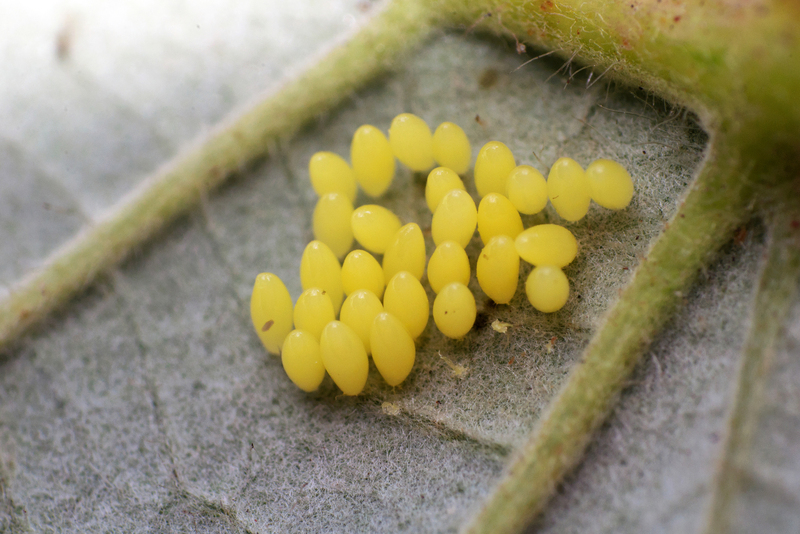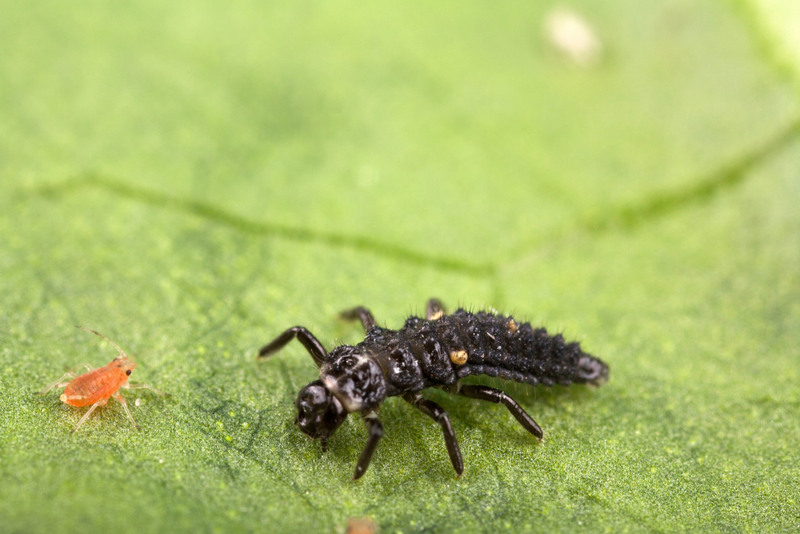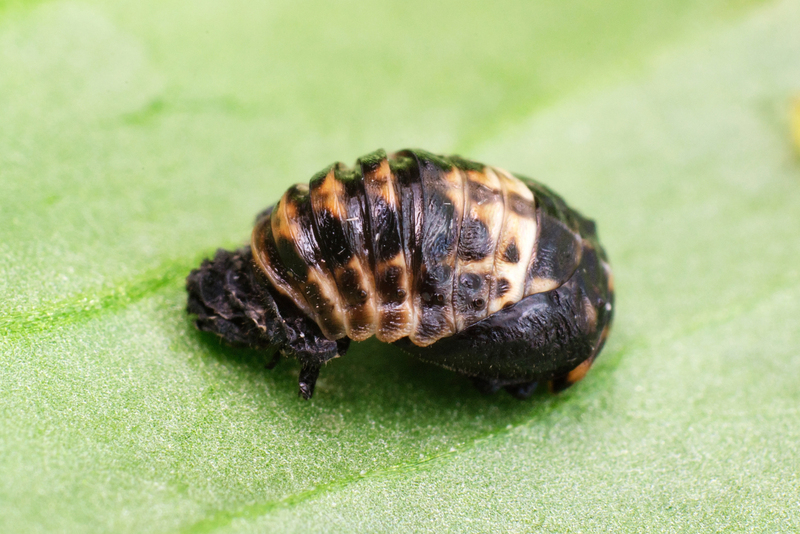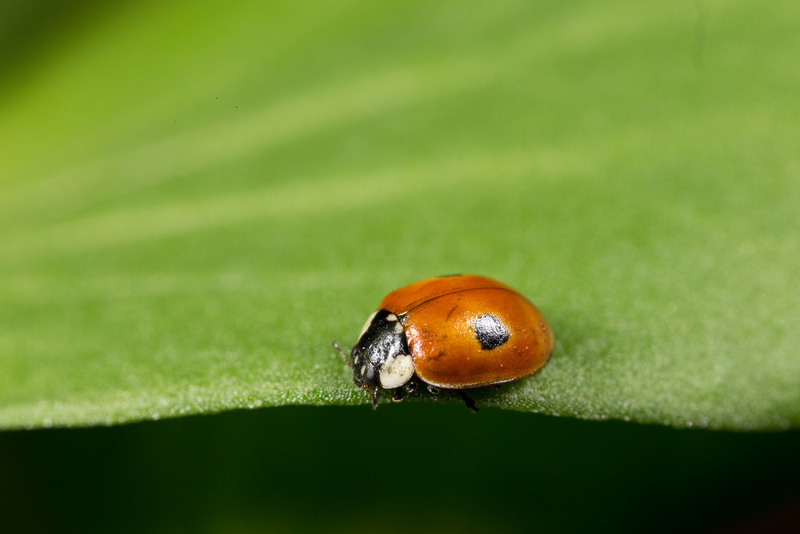Adalia bipunctata for aphid control
Adalia bipunctata, commonly known as the two-spot ladybird or the two-spotted ladybug, is a species of a predatory beetle. As a natural enemy of aphids, Adalia bipunctata contributes to natural pest control, by preying upon aphids at various stages of their life cycle, helping to control aphid populations and prevent crop damage. Adalia bipunctata is often employed in integrated pest management (IPM) strategies, offering an eco-friendly and sustainable solution to control aphid infestations without the need for chemical pesticides.
The predatory beetle Adalia bipunctata is used for the control of the following pests:
Adalia bipunctata controls aphid populations by consuming all stages of this pest. Some of the common aphids targeted by Adalia bipunctata include green peach aphid (Myzus persicae), potato aphid (Macrosiphum euphorbiae), and black bean aphid (Aphis fabae).
The predatory beetle Adalia bipunctata is available at Koppert as Aphidalia.
How to use Adalia bipunctata
The predatory beetle Adalia bipunctata is available in a cotton bag (Aphidalia).
- Open the bag and attach it to the tree near the first branch with a nail or wire stitch
- Apply 1 bag per 25 cm stem diameter, maximum 3 bags per tree
The dosage of Aphidalia depends on climate and the size of the trees and should always be adjusted to the particular situation. Start introduction as soon as the first aphids are detected on the trees. Use at least one cotton bag per tree and up to 3 bags for large trees. Consult a Koppert advisor or a recognized distributor of Koppert products for advice on the best strategy for your situation.
Adalia bipunctata products
Best conditions for use of Adalia bipunctata
Adalia bipunctata is most effective at temperatures between 15 and 30°C (59 and 86°F).
Feeding behaviour of Adalia bipunctata
As a natural predator of aphids, Adalia bipunctata actively searches for aphid colonies or responds to aphid alarm pheromones. Once located, the ladybird swiftly moves among the aphids, grabbing them with its mandibles. The predatory beetle is known for its efficiency in capturing aphids, often consuming numerous individuals within a short span of time. This ladybird species consumes aphids at various life stages, including nymphs and adults. Adalia bipunctata's feeding behaviour is characterized by its ability to rapidly reduce aphid numbers, making it a highly effective biological control agent in integrated pest management (IPM) programs.
Life cycle of Adalia bipunctata
Growers can recognize the different life stages of the predatory beetle Adalia bipunctata when using it as a biocontrol product by their characteristics at each stage. Different life stages can be identified:
-
Egg stage: Adalia bipunctata eggs are very small, elongated, and yellowish orange in color. They are typically laid in clusters on the undersides of leaves near prey concentrations.
-
Larval stage: The larvae of Adalia bipunctata are the primary predatory stage. They have elongated, somewhat flattened bodies with distinct black and orange markings. Adalia bipunctata larvae are often covered in spiky hairs and move actively on foliage in search of prey.
-
Pupal stage: Adalia bipunctata pupae are stationary and resemble small, elongated ovals. They can vary in color from pale yellow to light brown depending on environmental conditions. Pupae are often found attached to plant surfaces or hidden in sheltered locations.
-
Adult stage: Adult Adalia bipunctata beetles are small and round with distinctive black and red markings on their wing covers. They have a compact body shape and are typically observed actively moving on plants, feeding on aphids and other small insects.
By recognizing these characteristic features at each life stage, growers can effectively monitor and utilize Adalia bipunctata beetles as part of their integrated pest management strategies.




